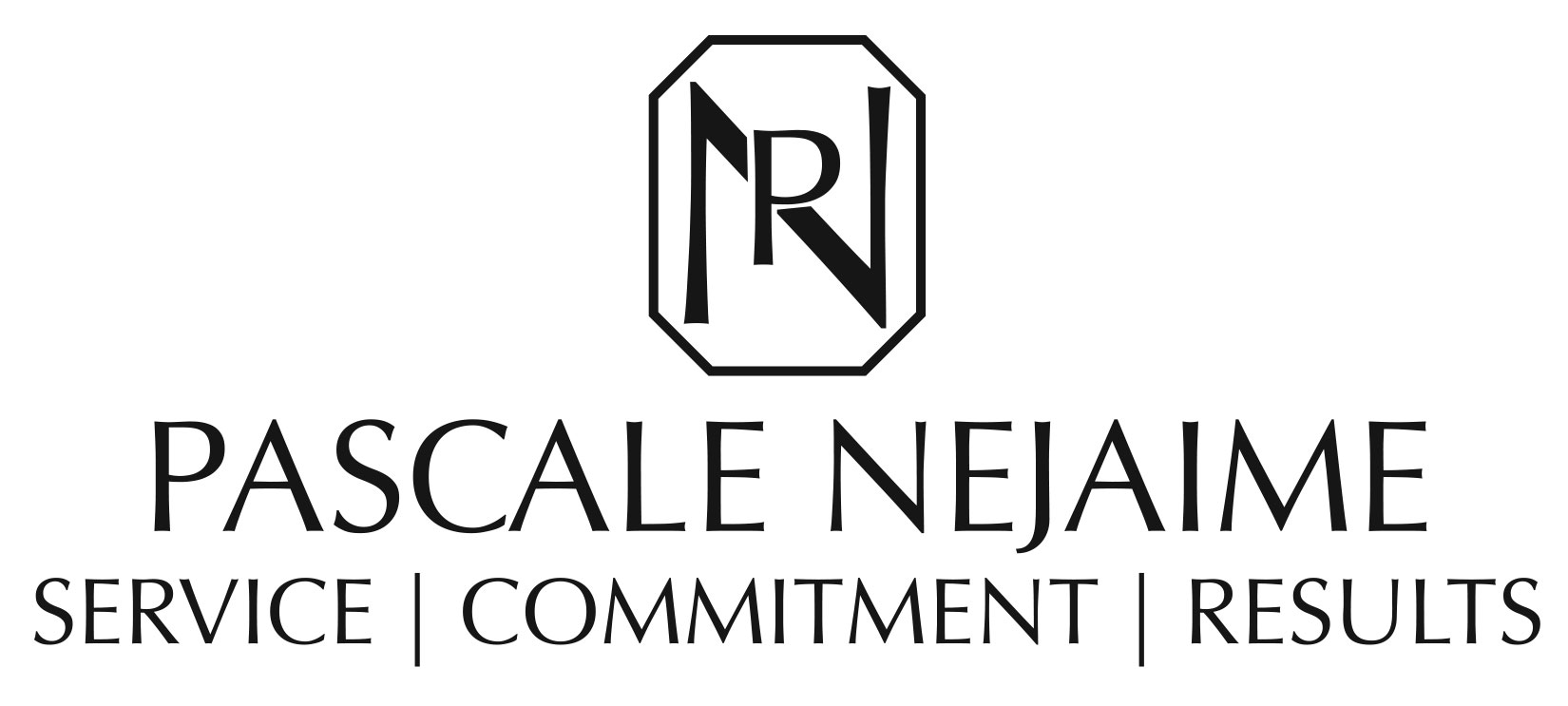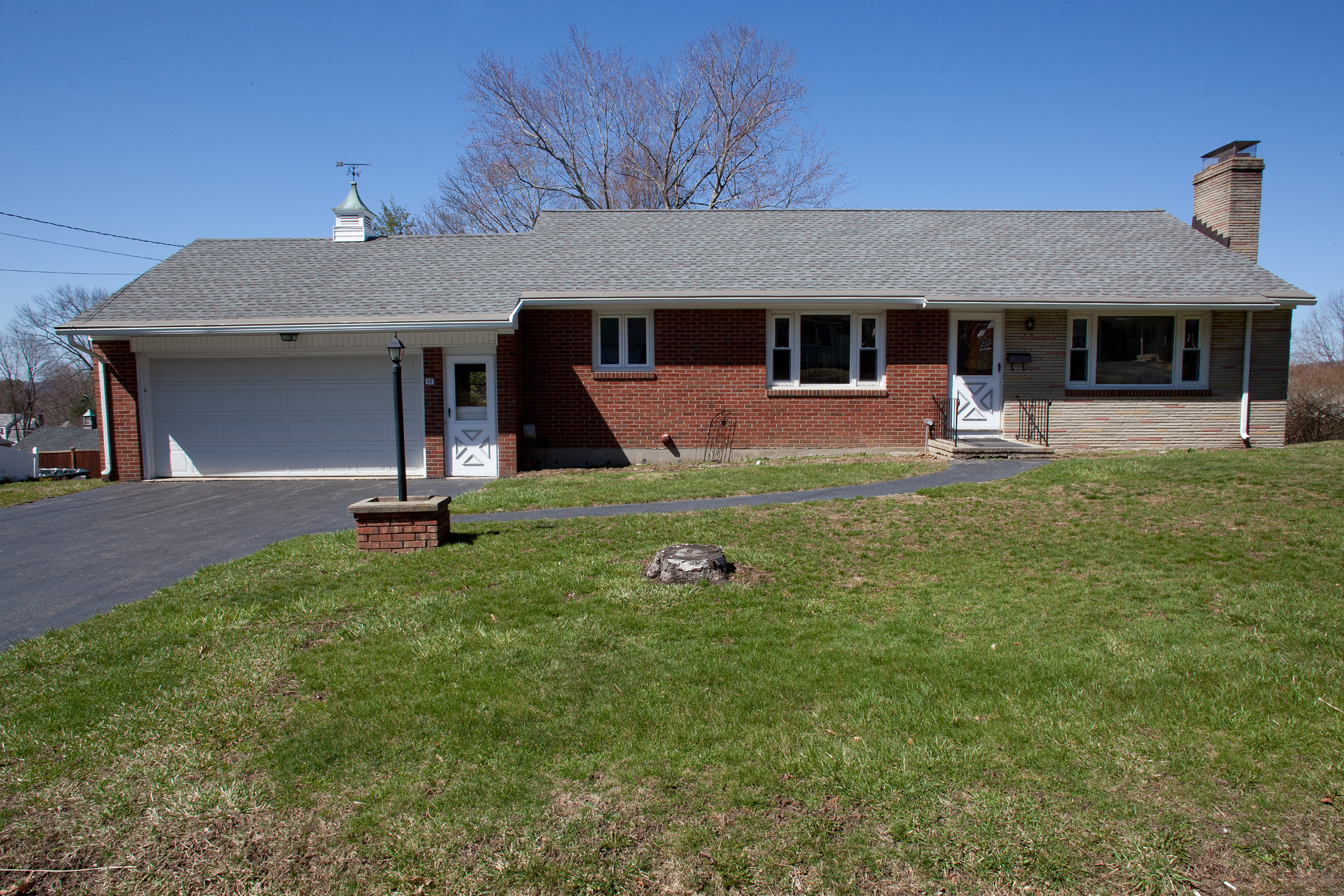Rising interest rates are causing some concern among homebuyers. Interest rates have been exceedingly low since the Great Recession of 2008. The housing collapse, followed by a slow recovery, and then the COVID pandemic, kept rates below 6% for nearly a decade and a half. But in 2022, we saw interest rates rise quickly. Rates went from around 3% in November 2021 to around 7% in November 2022.
As a real estate professional, I’m often asked about interest rates and how they affect homebuyers. So today, I wanted to break down the interest rate hike of the last year and answer all your questions about navigating higher interest rates than we’re used to.
In this article, you’ll learn what rising interest rates mean for homebuyers and what you can do about it!
How Do Rising Interest Rates Affect Homebuyers?
Getting back to interest rates 101: interest is the cost of borrowing money. When you take out a loan, like a student loan, auto loan, or home loan, you’re charged a percentage of the loan amount. That percentage is the interest rate.
When rates are low, it costs you less to borrow money. And when rates are high, it costs you more.
Let’s look at an example to show what rising interest rates mean for homebuyers. (By the way, you can go to MortgageCalculator.org to run your own numbers.)
First, let’s say you’re going to buy a $400,000 home with a 20% down payment. This means you would need a loan of $320,000. At a 3% interest rate, your monthly mortgage payment (not including property taxes or homeowner’s insurance) would be $1,349.13.
Now, let’s say you get that same $320,000 loan at 7% interest. This would bring your monthly mortgage payment up to $2,128.97!
This example raises multiple questions:
- Why are rates rising so fast?
- Is the rise going to continue?
- Does this mean I should wait to buy a home?
Let’s answer those questions.
Why are Interest Rates Rising so Fast?
Going from 3% to 7% is extreme. Interest rates don’t typically rise by more than a percentage point or two in a single year.
The reason for the extreme interest rate hike is the recent inflation. Inflation is when prices rise, giving people less purchasing power. A dollar today doesn’t buy as much as it did at the beginning of the year. As of September 2022, inflation for the year was at 8.3%. This is the highest rate of inflation we’ve seen since the 1980s. Inflation increases when people are willing to spend money. By raising interest rates, we can fight inflation by making it less appealing to borrow money for large purchases.
Economics is a delicate balancing act, and this is why we often see economic cycles. Inflation gets too high, so the Federal Reserve raises interest rates. But then the high cost of borrowing incentivizes people to slow their purchasing habits, which can trigger a recession. So to stimulate economic growth and end the recession, the Fed lowers interest rates to make buying more appealing again. And around and around we go!
Should You Wait to Buy Until Interest Rates are Lower?
So, should you wait until rates are lower before you buy a home? Not necessarily. Let me explain why.
First, interest rates are relative. In the 1980s, rates were over 16%. By comparison, 7-8% interest rates are perfectly reasonable. It’s important to remember that there are no crystal balls in real estate. While we can make education projections, we can’t say for sure what the future holds. It’s possible that interest rates will continue to climb if we can’t bring inflation back to normal levels.
Secondly, when interest rates are low, home values can skyrocket. This is what we saw from 2020 through 2022. From June 2020 until June 2021, the median sales price in Connecticut rose by 24.3%. And the next year added another 7% increase to those high values. When interest rates are high, however, values might hold steady, or even dip temporarily, which is good news for buyers.
Thirdly, higher rates mean less buyer competition. If you tried to buy during the 2020-2022 frenzy, you know how difficult a seller’s market driven by low interest rates can be for buyers. Bidding wars, waived contingencies, snap decisions…low interest rates can make for a stressful buying environment.
And finally, buying a home is about so much more than financials! We’re talking about having a home in which to create years of happy memories! How long are you willing to put that dream on hold (especially considering that we can’t predict when lower interest rates and affordable home prices will line up)?
So if you’re at a place in your life where you’re ready to buy a home, don’t let interest rates stop you. Real estate is a long-term investment, and owning property will help stabilize your financial future regardless of current interest rates.
How to Get the Best Possible Interest Rate
As much as I believe in buying a home when you’re ready, rather than trying to time the market, I also know that getting the best possible interest rate is the smart financial decision.
Here are several ways to ensure that you’re getting the best rate possible under any market conditions.
Babysit Your Credit Score
Your credit score directly impacts the interest rate you can get. The better your score, the lower your interest rate.
And there are many things you can do to improve and maintain your credit score:
- Pay all bills on time.
- Pay off past-due balances.
- Don’t carry a high balance on your credit cards. Keep your balance below 30% of the available credit limit.
- Don’t close credit card accounts when the cards are paid off. The older your credit lines are, the better, so you want to keep those credit lines active, even if you don’t use them.
- If you have any accounts in collection, contact your creditor to see if they can remove the black market from your credit in exchange for payment. In many cases, they are willing to negotiate the amount because they don’t want to risk that you won’t repay any of the balance.
Shop Around for the Lowest Rate
Lenders can offer different interest rates based on their own unique creditworthiness criteria. So it’s worth investing a little time to get quotes from multiple lenders. You might consider contacting a mortgage broker who can compare multiple lenders for you.
Buy Mortgage Points
Mortgage points allow you to essentially buy down your interest rate. You can pay a fee upfront (typically something like 1% of the loan amount) to reduce the interest rate by a quarter percentage point. For example, if you’re looking to take out a $320,000 loan with a 7% interest rate, you could pay $3,200 upfront to reduce your rate to 6.75%. This would take your monthly payment from $2,128.97 to $2,075.51. In five years, you would recover your points investment.
Increase Your Down Payment
A higher down payment means that the lender is taking less risk by loaning you money. So some lenders are willing to offer a lower interest rate if you’re willing to put down 20% or more.
Consider a Shorter Loan Term
Most American mortgages are 30-year fixed-rate. This means you plan to pay off the loan for the next 30 years at the stated interest rate. But 30-year loans aren’t the only option. You can often get a lower interest rate if you’re willing to take a 15, 20, or 25-year loan.
Check Out ARMs
While most American mortgages are fixed-rate, which means the interest rate won’t change over the term of the loan, adjustable-rate mortgages (ARMs), in which the interest rate changes with the market, can offer lower interest rates. Your interest rate is typically lower with an ARM because you are taking the risk that interest rates will rise and you will pay the higher rate. But when interest rates are high and projected to decrease, ARMs can be a good option.
Refinance When Rates Fall
It’s important to remember that you don’t have to be locked into your interest rate forever. Refinancing allows you to replace your current mortgage with a new mortgage under current loan terms. So if you lock in a home loan today at 7%, and rates fall down to 5% in the next few years, you could refinance for a 5% rate at that time.
Are You Thinking of Buying?
Whether you’re ready to buy today or you’re just starting to think about buying, I would be happy to discuss your options with you. I specialize in Connecticut’s Litchfield County and Farmington Valley areas, but I also have a nationwide network of trusted real estate professionals at your disposal. Simply contact me online or text or call me at 860-307-7436.
Interest rates may be up compared to recent years, but that doesn’t mean you can’t buy a home you love. I can’t wait to find you your dream home and help you get the best deal possible on it!







